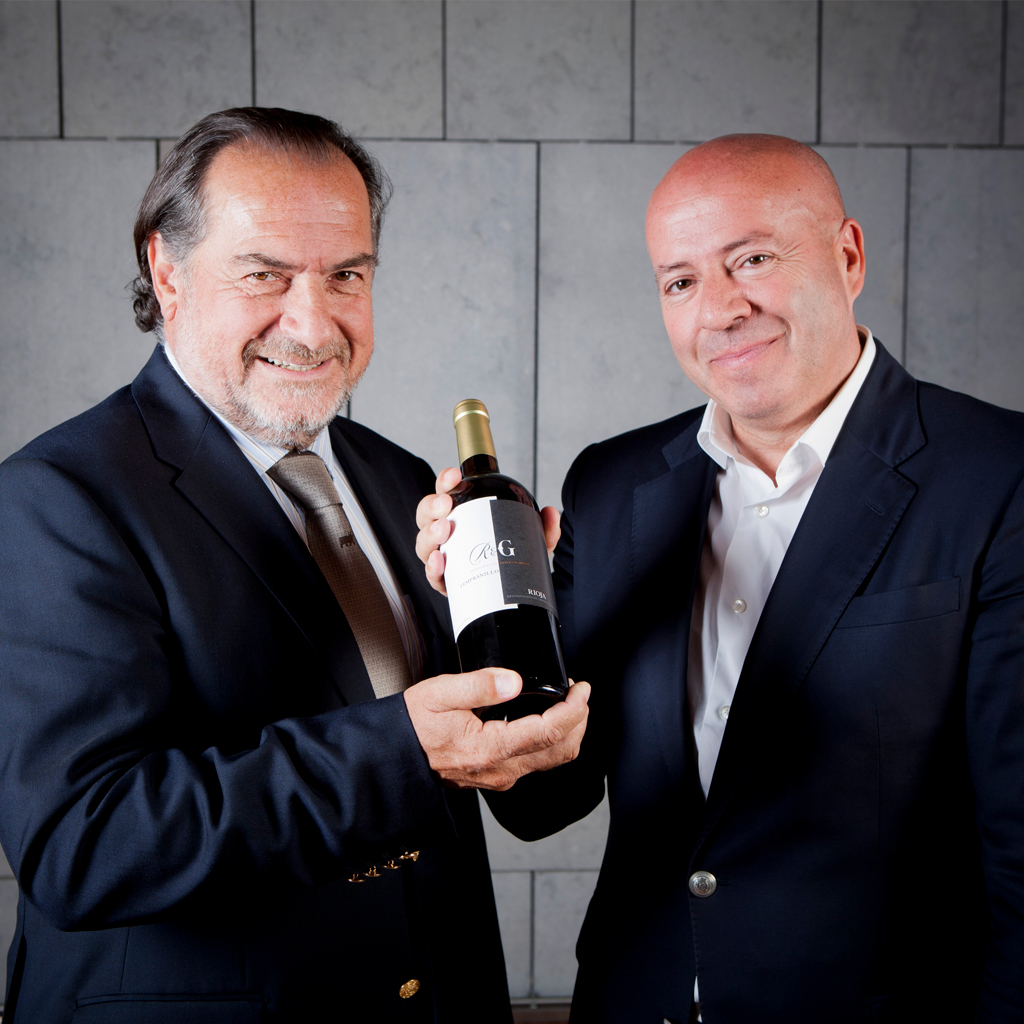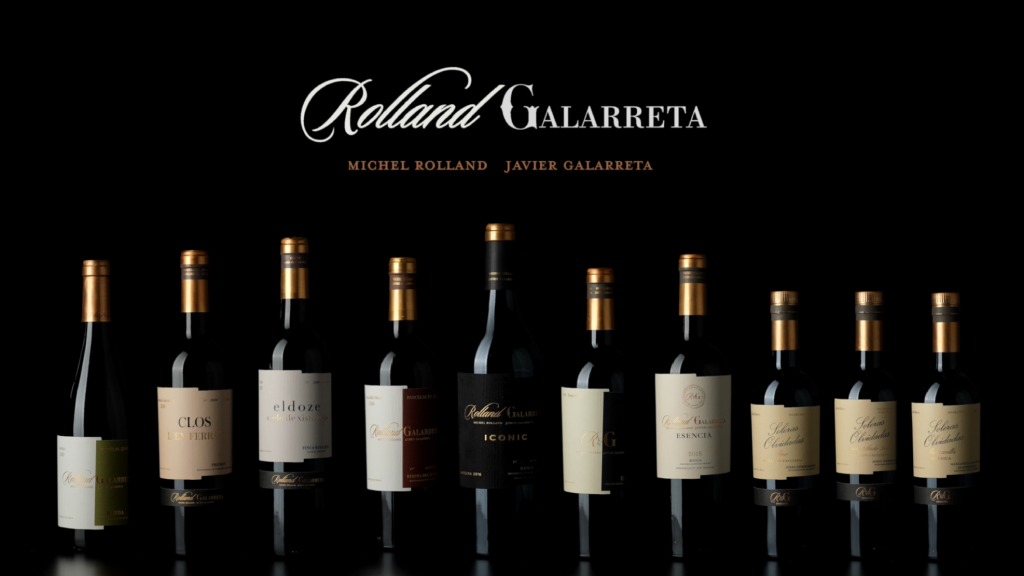
French winemaker and consultant Michel Rolland, and Spanish wine entrepreneur Javier R. de Galarreta, have joined forces on a mission to extol the virtues of Spain as a wine-making region: a selection of excellent terroirs and extensive know-how come together, creating fine wines with with real potential on international markets.
TWO CAREERS, TWO STYLES,
TWO CULTURES - ONE COMMON GOAL
R o l l a n d & G a l a r r e t a



Modern, Elegant style
U N I Q U E T E R R O I R

DENOMINACION DE ORIGEN CALIFICADA
R I O J A A L A V E S A

DENOMINACION DE ORIGEN
R I B E R A D E L D U E R O

DENOMINACION DE ORIGEN
R U E D A

DENOMINACION DE ORIGEN CALIFICADA
P R I O R A T

Montes de Toledo
F I N C A V A L L E R O S A L E J O

ELDOZE
ELDOZE vineyards are on the Valle del Rosalejo estate, near Cabañeros National Park. A unique enclave with flora and fauna of great ecological interest. We currently cultivate Syrah (6 ha), Grenache (2 ha) and Tempranillo (1 ha) varieties. The vineyards are cultivated organically, without the use of herbicides, insecticides or chemicals. The soil in these vineyards is composed of slate and quartzite fragments.
The philosophy of ELDOZE is based on rigorous selection of the finest grapes, careful cask-ageing, and optimum conservation in bottles. This results in a natural wine that stands out for its distinctive personality. The ELDOZE 2014 vintage is at first glance distinguished by its intense colour: a brilliant, crystalline ruby red. The complex berry aromas are balanced by the nuanced hints of the cask-ageing process. Its mineral character and high concentration stand out. Fresh on the palate, with hints of ripe cherries, with a tart acidity, balanced and elegant, and an incredibly smooth mouthfeel. Easy to drink yet complex, with a marked mineral character from the slate and quartzite soil typical of the Montes de Toledo. The ELDOZE 2014 vintage is a 100% Syrah wine. 16,500 bottles of wine were produced. The yield per hectare is 3,000 kg. Kept in French oak barrels for 15 months.
DENOMINACION DE ORIGEN
S H E R R Y








